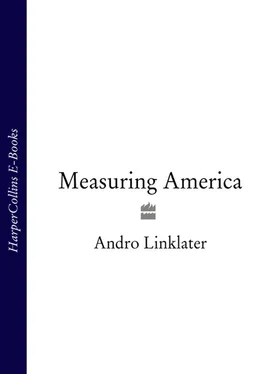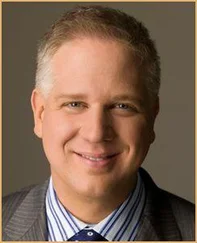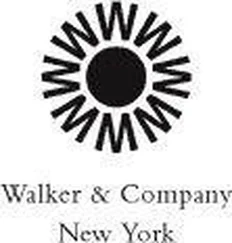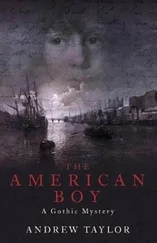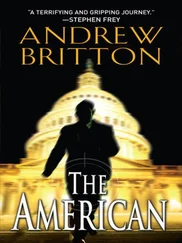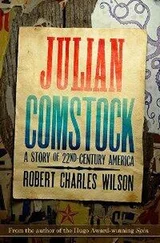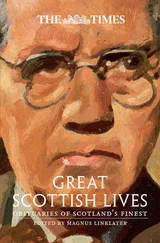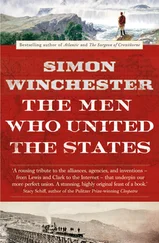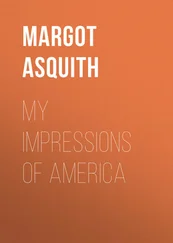In those first years, the republic had substance, but was not yet formed, and the quality that marked its leaders was the certainty that all their actions helped give it shape. The second President, John Adams, thought of his role in terms of making a watch. ‘When I consider … that I may have been instrumental in stretching some Springs and turning some Wheels,’ he wrote to his wife, ‘I feel an Awe upon my Mind which is not easily described.’
Jefferson saw himself as the architect of a self-regulating, land-owning democracy. Notes on the State of Virginia contained his goal for the disposal of the western lands: ‘the proportion which the aggregate of the other classes of citizens bears in any state to that of its husbandmen [farmers],’ he stated, ‘is the proportion of its unsound to its healthy parts, and is a good-enough barometer whereby to measure its degree of corruption. While we have land to labour then, let us never wish to see our citizens occupied at a work-bench, or twirling a distaff.’ In the short term, the health of the republic might depend on raising cash, but in the long term, ‘It is the manners and spirit of a people which preserve a republic in vigour.’ The future of the United States depended on settling as many of its citizens on the land as possible. Democracy would grow from decimals, squares and surveys.
The land plan in its entirety was Jefferson’s, and only he could act as its advocate. But in the summer of 1784, before he could present his report, he was appointed the United States’ envoy to France. In his absence, a new chairman was appointed to the committee. Changes were made, and the decimal measures were the first to go. What Congress took from Jefferson’s report was the grid pattern, with the east – west lines cutting the north – south at right angles, and the land survey before sale. The dimensions of the squares, however, owed more to Edmund Gunter than to Thomas Jefferson.
In the Ordinance which Congress passed on 20 May 1785, for ‘disposing of lands in the western territory’, it was laid down that ‘the surveyors shall proceed to divide the said territory into townships of 6 miles square, by lines running due north and south, and others crossing these at right angles, as near as may be … The lines shall be measured with a chain; shall be plainly marked by chaps on the trees, and exactly described on a plat.’
The thirty-six-square-mile townships were to be divided into one-square-mile lots, four of which in each township were reserved to the government ‘for the maintenance of public schools’. Every alternate township was to be sold whole, and the intervening ones by square-mile lots. The surveyors were also to make note of prominent features like salt-licks, mines, mills, mountains and the quality of soil, and their compasses were to be adjusted to due north.
Rufus Putnam was delighted by the proposals, which were almost identical to those he advocated, but in a report to the absent Jefferson, James Monroe commented discreetly, ‘It deviates I believe essentially from your [recommendations].’ Nevertheless, the measuring of America could at last begin.
SIX A Line in the Wilderness
THE POINT OF THE BEGINNING had been decided by a boundary commission headed by two of the United States’ finest surveyors, Andrew Ellicott, who would later help to lay out the plan for the nation’s new capital on the Potomac, and David Rittenhouse, whom Jefferson declared to be the greatest astronomer in the world. Their task was to mark out the western boundary of Pennsylvania, running it north until it cut the Ohio river and then on towards Lake Erie. That boundary had been specified in the original charter to William Penn. Until Virginia ceded her claims to the Western Territory, everything beyond that limit had theoretically been hers – all of Kentucky, most of present-day Ohio, Indiana and as far west as Wisconsin. Once the line had been drawn, it would become part of the Northwestern Territory that Thomas Hutchins was to survey.
Конец ознакомительного фрагмента.
Текст предоставлен ООО «ЛитРес».
Прочитайте эту книгу целиком, купив полную легальную версию на ЛитРес.
Безопасно оплатить книгу можно банковской картой Visa, MasterCard, Maestro, со счета мобильного телефона, с платежного терминала, в салоне МТС или Связной, через PayPal, WebMoney, Яндекс.Деньги, QIWI Кошелек, бонусными картами или другим удобным Вам способом.
